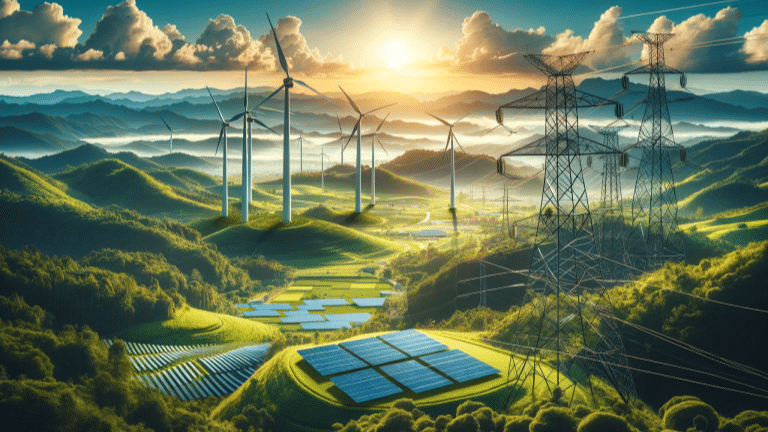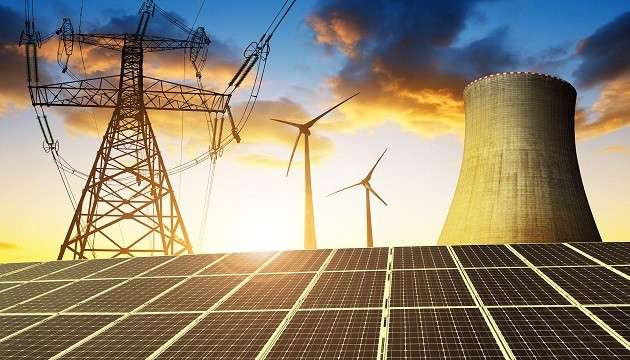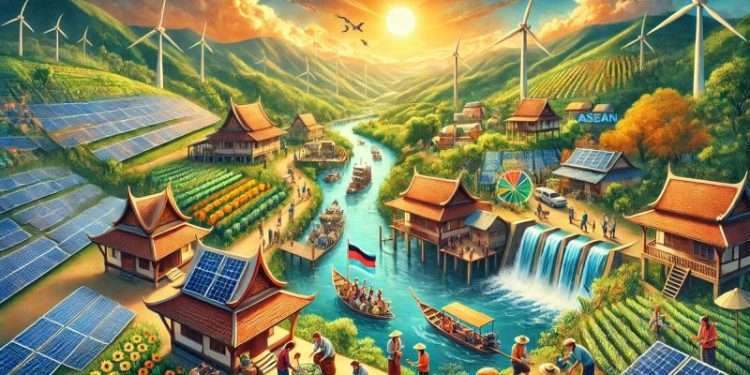“Renewables in Energy”
Liberal attitudes toward climate change together with demands for better environmental protection are rising. In response, the Association of Southeast Asian Nations (ASEAN) is publicly setting initiatives but importantly, actively working towards a greener future. ASEAN is pursuing a very active power plan.
Currently they have planned that they want to have at least 23 pct renewable energy by 2025. This goal is contained in the APAEC 2016-2025: the ninth plan of the ASEAN region. Because it shines the light on the region’s efforts to improving energy security.
The region is also devoted to decreasing the import of fossil fuels and encouraging sustainable development. Of these sources, ASEAN specifically targets solar, wind and hydropower energy sources due to their abundance. With this focus, they seek to nurture a cleaner as well as a more resilience energy landscape. Renewable energy sources are needed to build a more sustainable energy industry and help fight climate change.
Thus the ASEAN aspiration of getting 23 pct RE as part of the region’s fuel mixture by 2025 is not simply environmental achievement. It is also a way to achieve economical development and diversification of power sources.

Table of Contents
Key Strategies and Actions
Increasing Renewable Energy Capacity
Herein are some ways that ASEAN plans to achieve the target of a minimum of 23 pct of its RE by 2020: One of the strategies is to raise the overall power capacity of renewable electricity generation to 35 pct in 2025. This refers to the undertaking of massive renewable power projects such as the solar power farms, wind farms, and hydroelectric power stations.
Growing the capacity of these renewable energy sources is expected to decrease ASEAN’s carbon emissions as part of its long-term strategy. Also, energy security is pursued by ASEAN as a key goal of its activities and development.

Promoting Energy Efficiency and Conservation
Energy efficiency and conservation are among the most fundamental parts of ASEAN’s renewable energy strategy. Bringing in, as one of the practices, asset recovery methods, fuel trading reform, rationalizing electricity metering, and energy storage are the standout innovative approaches. In the same fashion, the region will limit energy consumption and make use of the available resources effectively through the application of energy-saving technologies and practices.
The main activities which are needed in this sector are the upgrading of infrastructure, the introduction of smart grid appliances, and the enrichment of energy-saving habits among consumers. Without the inflow of resources, no efficiency task could be successfully completed. Co-benefits of higher renewable energy interconnection are lower dependence on fossil fuels and lower
carbon emissions.
Leveraging Innovative Solutions
ASEAN is aiming to engage communities in the challenge of creating virtual power plants and energy communities. Cities can be central in achieving this as they are the ones that implement urban and energy sectors, thus are in charge of decision-making that can steer cities to a more renewable energy future. More advanced methods to apply renewable energy will use such techniques as decentralized sustainable biogas power generation. Nevertheless, key cities like Jakarta can
at large be responsible for the promotion of this method.
Currently, the system is engaged in a technology-of-things for solar energy. The technologies of today are also facilitating the energy infrastructure, by introducing some of the techniques that are mentioned below. Synchronous generators (SGs) for hybrids have become a revolutionary source, while SGs have also been promoting voltage control. Distribution networks with high saturation from small-oil-scattered
biomass-bearing natural circuits have mainly been used.

Renewables in Energy Challenges and Opportunities
Countries across the world are devising measures that would help them rope in renewable energy sources to their energy portfolios. Collateral to solar, wind power represents the main renewable energy options with the most rapid deployment worldwide.
Renewables in Energy Challenges
Even though the target is ambitious, ASEAN still faces several problems in the achievement of a 23 pct renewables in its energy mix by 2025. Accompanying unavailability of renewable infrastructure and technology is the main concerned key point. Financial limitations, alongside the persistence of fossil fuels, are the main counterpart. What is more, the multi-dimensionality of the energy sector within the region implicates that different countries may be confronted with unique challenges in the execution of renewable energy projects. They can be a great basis for renewable energy infrastructure and health statistics not only will lead to job creation but also will boost economic growth.
Renewables in Energy Opportunities
On the other hand, the change from fossil fuels to renewable energy offers a hand full of opportunities to ASEAN member countries. Investing in energy-related infrastructure and renewable energy can catalyze the local economy, offer more jobs and result in technological advancement. The shift to a less contaminating mix of energy is in line with global objectives of sustainability.
The change to a renewable future comes with the benefits of less pollution, higher energy security, and a big economic development. There are new inventions in the field of energy storage and grid management which are being implemented in the markets. The further grounded technology of IntroductionEU is setting the goal of achieving a 23% share of renewable energy production in the European energy mix by the year 2025. This target is a very strong will to make sustainability reach all countries. It is also the one that shows the environmental stewardship intention of ASEAN.
Thus, ASEAN becomes one of the main actors in the fight with global warming. Moreover, the reduction of the importation of fossil fuels would also contribute to the growth of stronger and more secure Renewables in Energy across the region.
Future Prospects and Sustainability
Future prospects involve trading more energy across states, setting new norms, technology, and tripling of renewables. The shift towards renewables in a power generation system is the key action to be taken if we want to make any impact on global sustainability goals. Positive experiences can be used as the potential factors to successfully reduce or completely get rid of these challenges by by using such experiences of all of the ASEAN countries collectively.
Following this path of cooperation, the five-km-deep sea will be washed away like a dream. This method provides flexibility and choice of implementing the development of clean, green development in the region. By tapping into the renewable energy potential, it is possible for industries to find solutions against environmental issues.
Renewables in Energy is a good opportunity also to set a path in which sustainability and resilience will be the case in the energy future.
Renewables in Energy: A Brighter Future
FutureRenewable energy sources like solar, wind, hydropower, and geothermal are the ones that are very important in the transition to a more sustainable energy system. They give a big contribution in this world-wide transformation. These sources are everywhere and they are out of danger of being depleted. They have also become efficient in reducing greenhouse gases and thereby fighting global warming. The advances in technology and reduction in costs, the government has also been rooting to support this project.
Renewables in Energy are achieving better air quality conditions as well as the public health.Future Prospects and SustainabilityThe member states of ASEAN have obligated themselves to accomplish 23 pct of renewable energy in their energy mix by 2025.
This is not just a step forward, but it also means that Asia Pacific will soon become the first region in the world to succeed in this regard. The area’s solar and wind sector is the major Renewables in Energy form and has gained significant growth over the past years. It also changes the industry game as it opens the grounds for further development.
Conclusion
ASEAN highlights the strategic initiatives that they use to enlarge the Renewables in Energy capacity. They do this with energy efficiency and try to make use of innovative solutions to achieve their goals.Based on the above, it should be noted that ASEAN is most certainly capable of tremendous improvement in the near future when it comes to sustainable energy practices. Unleashing the Future of Graphics
However, in the long term, there are many benefits that can arise from generating energy from renewable sources. Examples of such advantages are the possibility of the economic development of a region, job creation, or improved energy security.
As we move ahead, ASEAN will learn from their successes and turn them into the direction that many other regions need to follow to gain support for their sustainability goals. Education and awareness play a crucial role in gaining support from the public forRenewables in Energy sector.
“Renewables in Energy“
“The decision made by the EU to lessen the number of greenhouse gases in the air contributing to the trapping of heat that causes global warming could boost the fight on climate change.”














